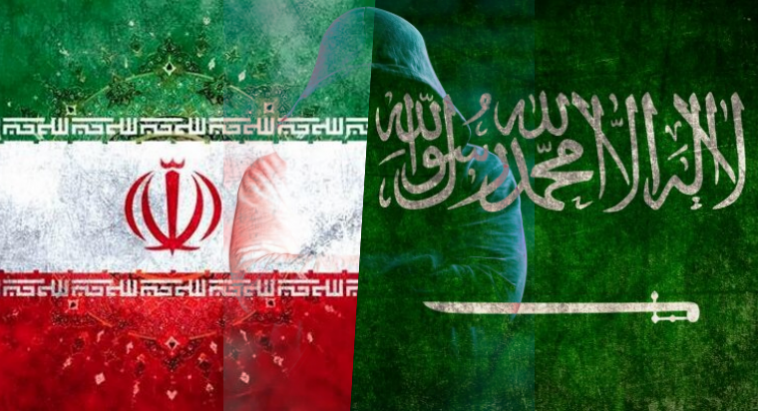By Nilanthi Samaranayake
Bangladesh’s acquisition of two submarines from China should not be narrowly viewed through the prism of India-China geopolitics. Rather, it should be understood in a wider context as a milestone by a modernizing naval power in the Bay of Bengal.
Commentary
The impending arrival of two Chinese-origin submarines to Bangladesh together with China’s planned construction of submarines for Pakistan, has contributed to the perception among some observers that China is attempting to encircle India and reinforced concerns about a Chinese “string of pearls.”
Yet Bangladesh’s acquisition of two Ming-class submarines should not be narrowly viewed through this geopolitical prism. Rather, it should be seen in the broader context of the country’s force modernisation, which has important implications for Bay of Bengal security. In fact, Bangladesh’s development of its naval capabilities may contribute as a force multiplier to Indian security initiatives in the Bay of Bengal rather than being a potential threat to regional stability.
Rising Navy
Bangladesh’s latest acquisition has its origins in Prime Minister Sheikh Hasina’s assumption of power in 2009 and Dhaka’s announced Forces Goal 2030. Under this project, Bangladesh has sought to augment its naval capabilities in “three dimensions,” going beyond solely surface platforms to include a naval aviation wing and undersea leg. Though an ambitious endeavor at the time, by 2011, Bangladesh had established a naval aviation wing by acquiring Italian helicopters and later German maritime patrol craft.


















